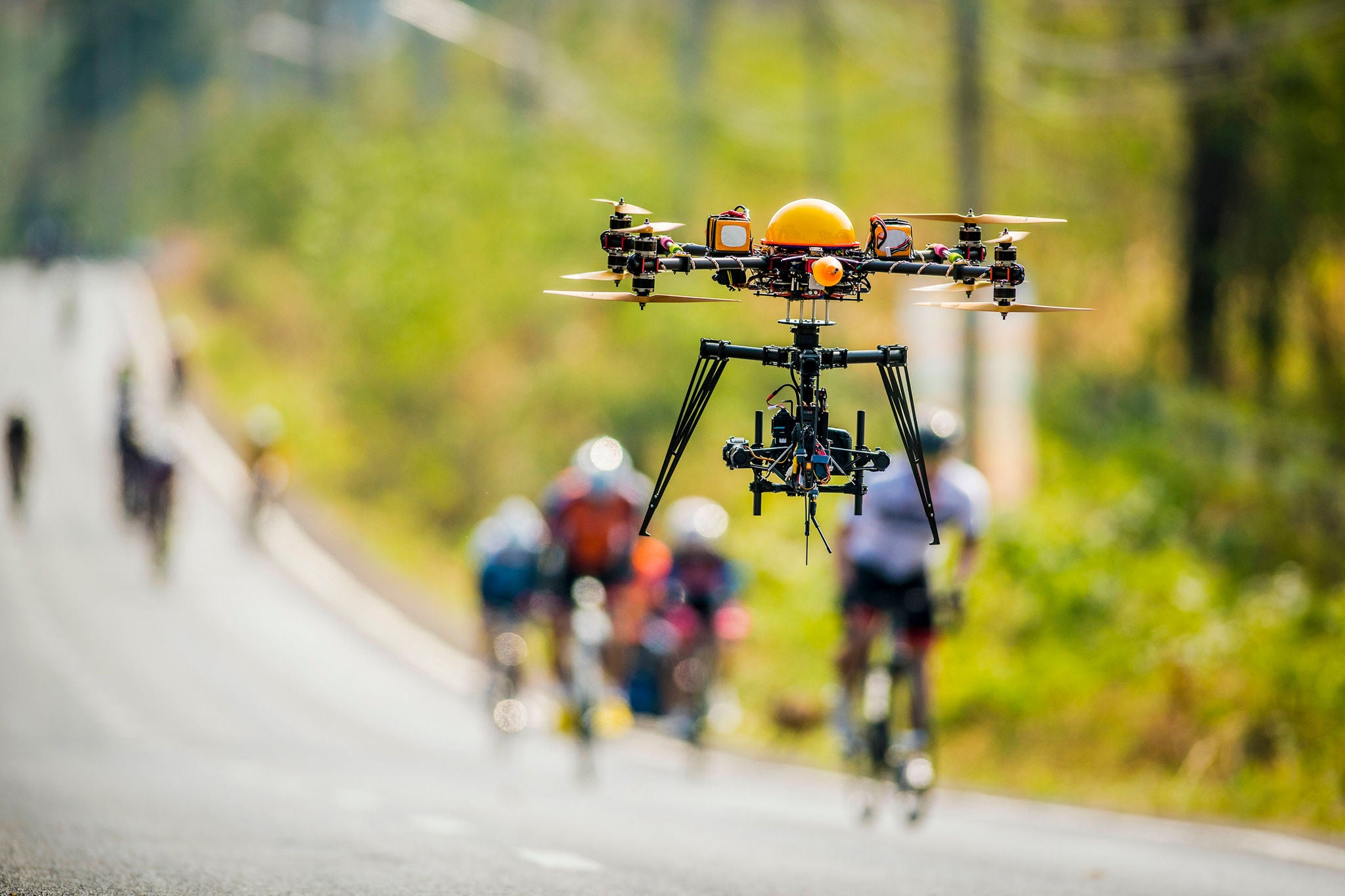EY refers to the global organization, and may refer to one or more, of the member firms of Ernst & Young Global Limited, each of which is a separate legal entity. Ernst & Young Global Limited, a UK company limited by guarantee, does not provide services to clients.
Brain-machine interfaces (BMIs) connect the human brain and nervous system directly to computing devices and digital information. Form factors range from wearables to surgical implants. The ultimate vision is enabling bi-directional flow of information: “reading” or interpreting neural signals, allowing users to control computing devices, and “writing” or relaying external information directly to the brain.
BMIs are not entirely new. They have a long history in clinical applications, such as cochlear implants for the hearing impaired or neuro-prosthetic limbs for the paralyzed. But now, progress in neuroscience, nanotechnology and artificial intelligence is unlocking new non-clinical opportunities, enabling even able-bodied individuals to augment their cognitive faculties.
Imagine a workforce that can be upskilled and reskilled at the same pace as technological and market changes. Or knowing your customers’ neurological responses to a new product or service, enabling you to take personalization to a whole new level. Surely, every company could benefit from such capabilities.
Although the field continues to make progress, hurdles remain. Invasive surgical implants are risky, and healthy individuals may not opt for one. Less invasive wearables on the head or elsewhere are not yet powerful enough to detect the high-resolution neural signals that would enable complex applications like flying a drone or virtual gaming. Significant training is required for even today’s most sophisticated BMIs to reliably function and complete tasks intended by the user. Lastly, with 100 billion neurons and 500 trillion connections, picking up the relevant signals from the extraneous noise in the brain is no mean feat.
BMIs imply a more seamless and intuitive bridge between human and machine intelligence and get at the very heart of individual personalities and characteristics. As a result, BMIs raise complex ethical issues about privacy and autonomy, as well as access to neural data and how it might be utilized by companies, employers, governments and law enforcement. In the most extreme scenarios, there is the possibility of mind hacking by cyber criminals to do their bidding or a future where our decisions are dictated more by data-driven algorithms than our independent will.






